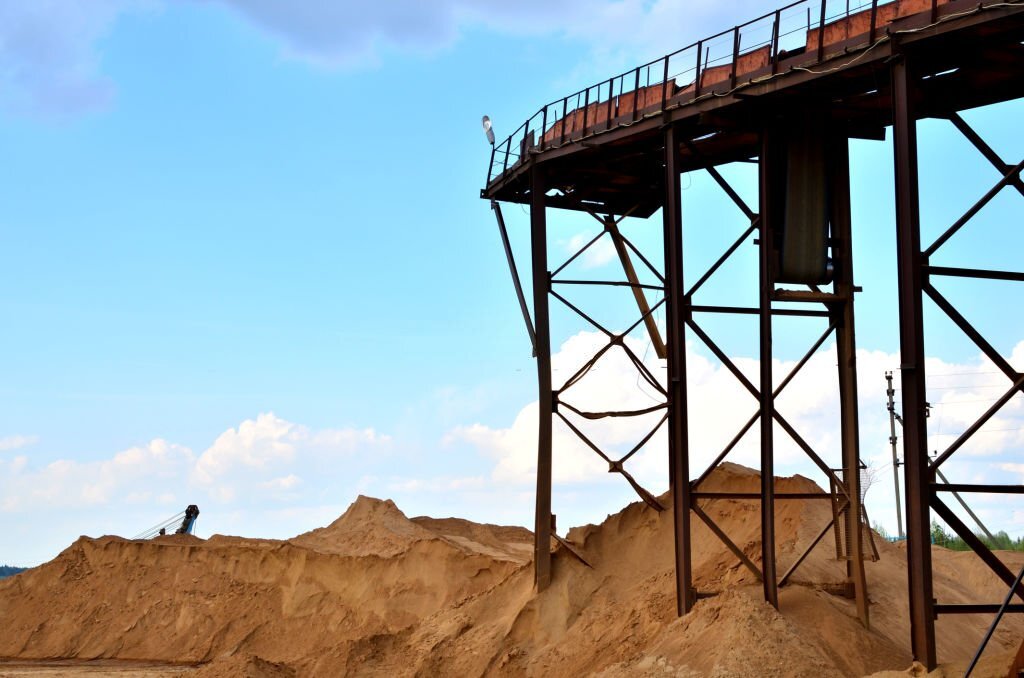
Within the intricate domain of crushing plants, a symphony of heavy equipment orchestrates the seamless processing of raw materials, acting as the heartbeat of construction and diverse industries reliant on these essential processes. These dynamic hubs of material transformation require an array of specialized heavy equipment to execute their functions with precision and efficiency.
Primary Crushers, the stalwarts of crushing plants, initiate the process by breaking down large rocks into more manageable sizes. Vibrating Feeders then channel these broken materials to secondary crushers, refining the raw material further. Screens sift and separate the processed material based on size, ensuring uniformity. Conveyors play a crucial role in the transportation of materials between different stages of the crushing process.
Asphalt and concrete recycling plants often feature specialized equipment like Impact Crushers, capable of breaking down recycled materials. Each type of heavy equipment within these crushing plants plays a unique role in the intricate dance of material transformation, ensuring the production of aggregates and materials vital for the construction and industrial landscapes. In this exploration, we unravel the orchestra of heavy machinery that transforms raw materials into the building blocks shaping the infrastructural and industrial tapestry of our world.
Crushers:
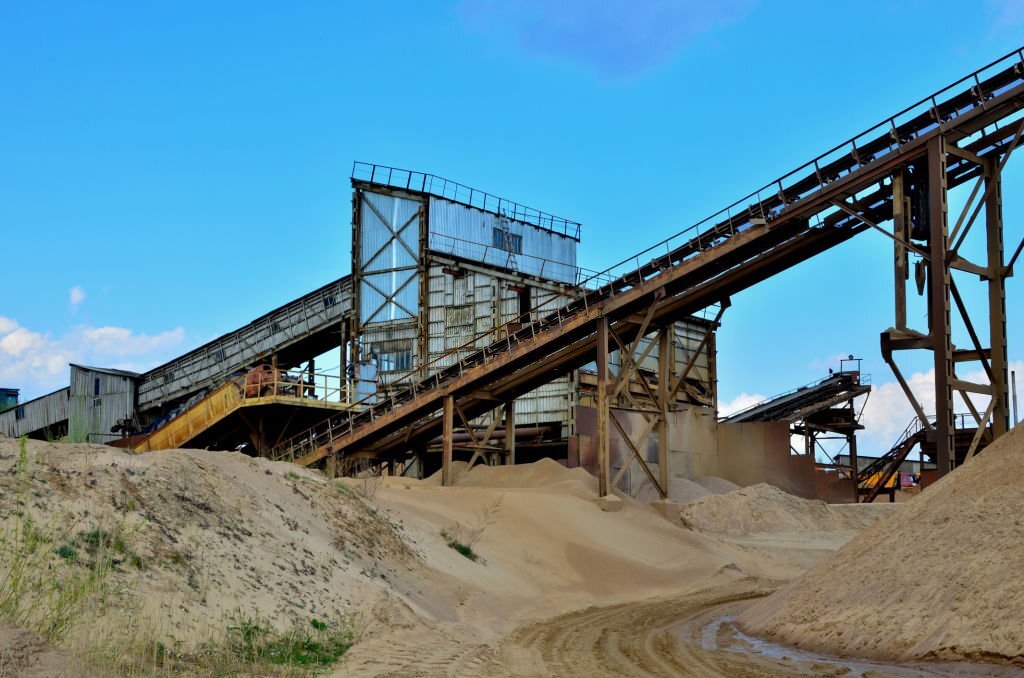
Crushers stand as the cornerstone of crushing plants, wielding the power to transform large rocks and raw materials into smaller, manageable sizes. These heavy-duty machines play a pivotal role in various industries, from mining to construction. Jaw crushers, cone crushers, and impact crushers are common types of crushers, each tailored for specific applications.
Jaw Crushers: Known for their robust design, jaw crushers efficiently break down materials by compressing them between fixed and movable jaws. Ideal for coarse and medium crushing, they handle a wide range of materials, from hard rock to recycled concrete.
Cone Crushers: Designed for secondary and tertiary crushing, cone crushers operate by squeezing materials between an eccentrically gyrating cone and a concave. They are crucial for producing well-shaped aggregates and finely crushed materials.
Impact Crushers: Employing the principle of rapid impact, these crushers use hammers or blow bars to shatter materials upon entry. Widely used for shaping applications, impact crushers excel in producing cubical particles.
The versatility of crushers in material processing makes them indispensable components in the machinery lineup of crushing plants, ensuring efficient and tailored processing of diverse raw materials.
Screens:
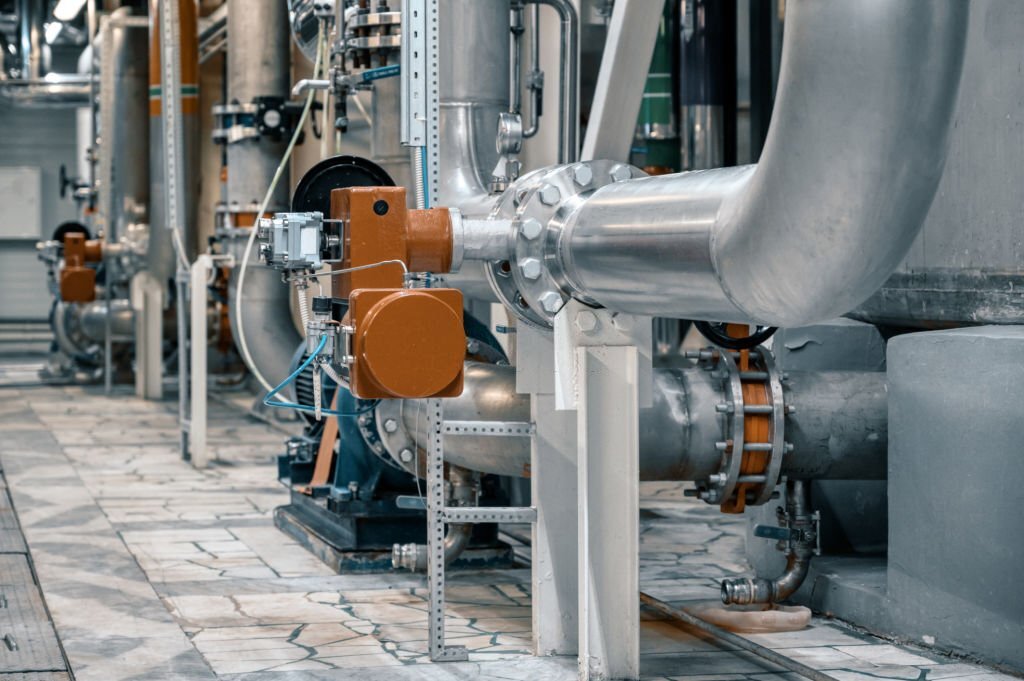
Stone crusher screens are essential components in the crushing plant machinery, contributing to the efficient sorting and classification of processed materials. Vibrating screens and grizzly screens are commonly employed in this role.
Vibrating Screens: These screens operate by vibrating in a circular motion, effectively sorting crushed materials into different sizes. Adjustable amplitude and frequency allow for customization, making them versatile for various applications. Vibrating screens play a crucial role in ensuring that materials meet specific size requirements before advancing to the next stage of processing.
Grizzly Screens: Grizzly screens are ruggedly built with bars or rails set at specific spacings to filter out oversized materials, preventing them from entering the crusher. These screens are particularly useful in primary crushing stages, where large rocks need to be efficiently separated before further processing. Grizzly screens enhance the overall efficiency of stone crushers by preventing blockages and ensuring a consistent feed of materials.
In the intricate process of material classification within crushing plants, stone crusher screens contribute to the precision and efficiency required for producing high-quality aggregates and ensuring the optimal functioning of the entire crushing operation.
Feeders:
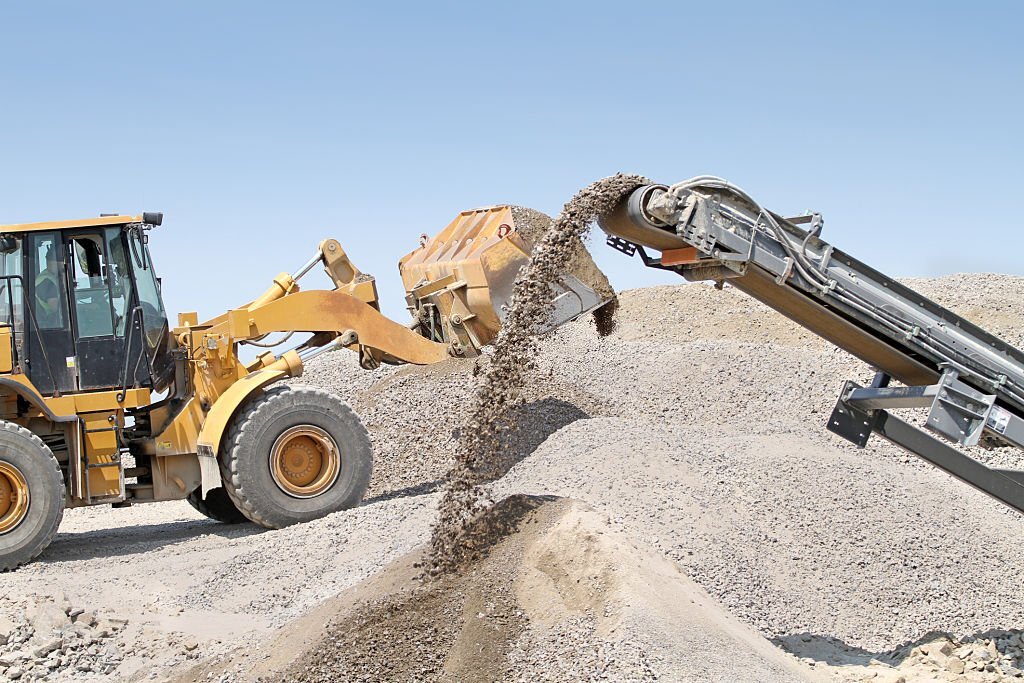
Stone crusher feeders are integral components that regulate the steady and controlled supply of raw materials into the crushing machinery. Vibrating feeders and apron feeders are commonly used in this role.
Vibrating Feeders: These feeders use vibratory motion to convey material, adjusting the feed rate by varying the amplitude and frequency. Their versatility makes them suitable for a wide range of materials, ensuring a consistent flow into the crusher.
Apron Feeders: Known for their robust design, apron feeders consist of a series of overlapping pans or plates that convey material. These heavy-duty feeders are ideal for handling large, abrasive, or heavy materials, offering durability and reliability in challenging environments.
Both types of stone crusher feeders play a critical role in maintaining an optimal feeding rate, preventing material congestion, and contributing to the overall efficiency of the crushing process.
Conveyors:
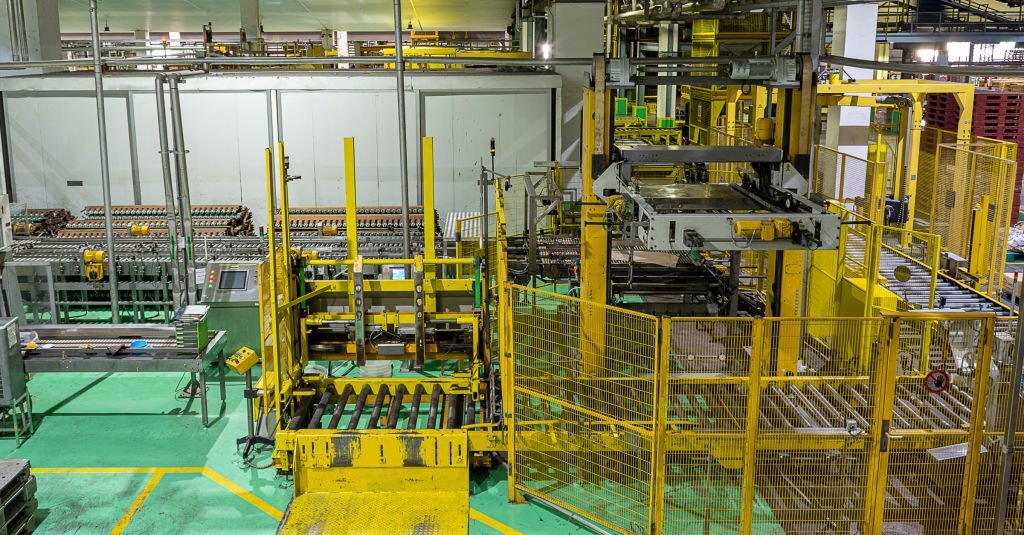
Conveyors in a crushing plant are intricate systems of belts or rollers designed to efficiently transport bulk materials throughout various stages of the crushing process. Serving as the lifeline of the operation, these conveyor systems enable a smooth and continuous flow of materials, from the initial feeding of raw materials into crushers to the final transfer of crushed material for further processing or storage. By automating the movement of materials, conveyors optimize the efficiency of the entire crushing plant, ensuring that each component operates seamlessly in tandem.
In addition to enhancing efficiency, conveyors contribute significantly to safety and productivity by reducing manual handling, minimizing the risk of material spillage or blockages, and allowing for precise control over the material flow. These indispensable systems play a pivotal role in modern crushing plants, streamlining operations, and promoting a safer and more productive environment for the operators and machinery involved in the material processing journey.
Crushers and Pulverizers:

Crushers and pulverizers are both heavy-duty machines designed for material size reduction, but they serve distinct purposes in various industries.
Crushers: Crushers are primary machines in the crushing process, breaking down large rocks and raw materials into smaller, more manageable sizes. Common types include jaw crushers, cone crushers, and impact crushers. Jaw crushers use a compressive force to break materials, while cone and impact crushers utilize a combination of impact and compression. Crushers are crucial in industries like mining and construction, where raw materials need to be transformed into smaller particles for further processing.
Pulverizers: Pulverizers, on the other hand, focus on secondary processes, converting larger materials into fine powder. They are particularly common in industries like pharmaceuticals and food processing. Pulverizers utilize grinding, impact, or crushing mechanisms to reduce materials to a fine consistency. Common types include ball mills, hammer mills, and grinding mills. Pulverizers are vital in achieving precise particle sizes for various applications, such as creating powdered pharmaceuticals or preparing materials for combustion in power plants.
In essence, crushers initiate the primary reduction of materials, while pulverizers refine them further, creating finely processed powders for specific industrial applications.
Mobile Crushing Equipment:
In modern crushing plants, mobile equipment like track-mounted crushers and screens provide flexibility and mobility, allowing for efficient material processing at various locations.
Dust Suppression Systems:
Conclusion:
Crushing plants rely on a diverse array of heavy equipment to efficiently process raw materials for construction and industrial purposes. From crushers that break down rocks to conveyors that transport materials, each piece of machinery plays a crucial role in this intricate process. As the mining and aggregate industries continue to evolve, so too will the heavy equipment utilized in crushing plants, shaping the future of material processing.

